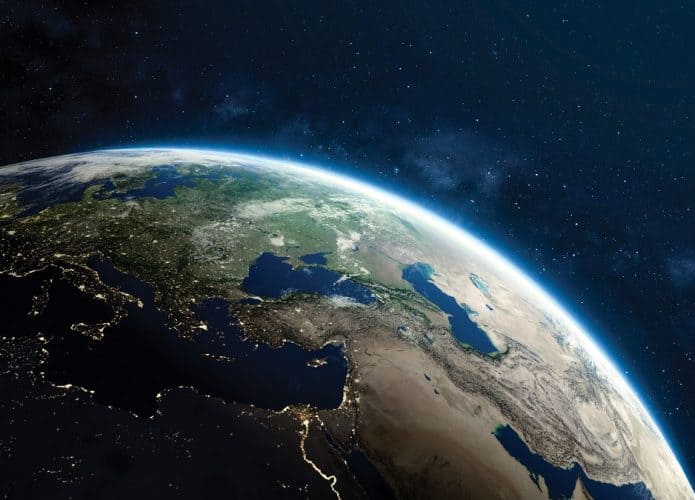Some calculations regarding Earth's orbit made so far may be incorrect, due to interference from nearby stars. These orbital calculations are important, as the Earth's orbit is linked to many climate changes, and studying them is a way to understand the history of life on our planet.
Therefore, it can be said that much of what is known about the history of formation and life on Earth may have been affected by the presence of these visiting stars, which directly affected the planet’s orbit.
Read more:
Find out more about Earth's orbit below, and what effects objects like stars can have when they are close to our planet, which directly affects important mathematical calculations.
What can we discover through Earth's orbit?
Much of our planet's history can be discovered when we relate the climate of geological eras to the great events that humanity has witnessed. A good example of this is the period known as the Younger Dryas, where evidence shows that average temperatures dropped sharply, which was caused by the impact of an object such as a comet or asteroid.
This event occurred 12,800 years ago, and was considered isolated, as it only affected North America. However, recent research has been conducted in Chile and South Africa, suggesting that it may have been a global event, resulting in forest fires that blocked out sunlight with smoke, leading to a massive winter.
Other studies of Earth's orbital calculations show that the Paleocene and Eocene thermal maximum occurred because the planet's orbit was more eccentric at that time, being elliptical rather than circular. This brings our world closer to the sun during perihelion, which is the closest orbital point.
However, paleoclimatologists, researchers who study climate changes throughout history, may be skeptical of new research, which shows that calculations of ancient Earth's orbit may contain some errors.
Determining the position of the Earth relative to the Sun 100 or 100 million years ago is not difficult in theory. By calculating a planet's orbit around its star, one can discover what that orbit was like at any time in the past, as well as be able to predict what it will be like in the future, taking into account the influence of other planets, comets and asteroids around the same star.
However, our solar system is located in the spiral arm of the Milky Way, a galaxy with a diameter of about 105 thousand light-years. Since everything in the galaxy is always moving, orbiting around the galactic nucleus, stars cannot maintain the same distance from each other.
What are the effects on Earth's orbit?

Normally, there are many objects around the orbital system, which can make the mathematics too complex for humans, requiring the help of supercomputers to perform more complex calculations.
In an article published in The Astronomical Journal Letters, a pair of scientists showed that some stars may have come very close to the solar system in the past and are now very far away from us. For example, the star HD 7977, which is now 250 light-years from Earth, was only half a light-year from the Sun, 2.8 million years ago.
This suggests that HD 7977, which is very similar to the Sun, may have affected clusters of objects in the Oort Cloud, including long-period comets. Furthermore, there is uncertainty about the star's approach to us, which may be much closer than we imagine.
It is difficult to obtain accurate measurements of the Earth's orbit in other eras, when the influences of other stars are added to the calculations. It becomes more complicated when the goal is to obtain orbits dating back tens of millions of years.
Paleoclimate studies can be quite affected by these orbital uncertainties, and it is estimated that the star could come closer to our planet than HD 7977, at intervals of about 20 million years.
Fortunately, the time intervals are too long to affect human life on Earth. But a new study suggests that for every 20 to 40 million years in the past, experts in the field will have to add details of stellar orbital influences.

“Hardcore beer fanatic. Falls down a lot. Professional coffee fan. Music ninja.”






More Stories
The law allows children and adolescents to visit parents in the hospital.
Scientists pave the way for the emergence of a new element in the periodic table | World and Science
Can dengue cause hair loss? Expert explains how the disease affects hair